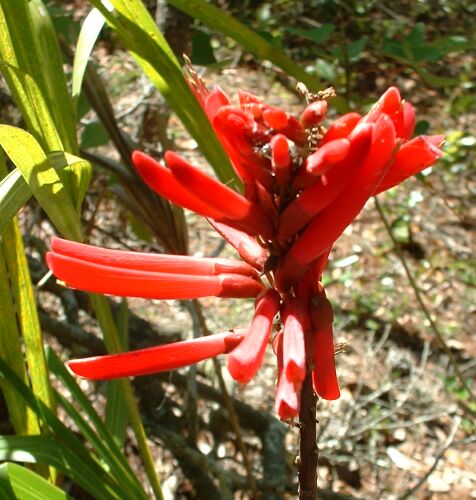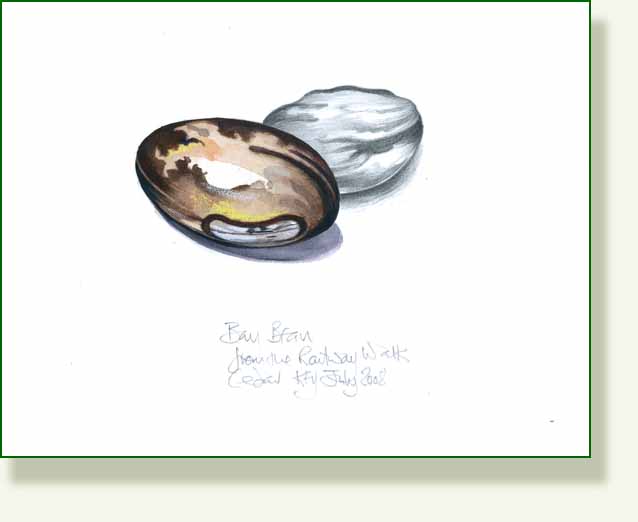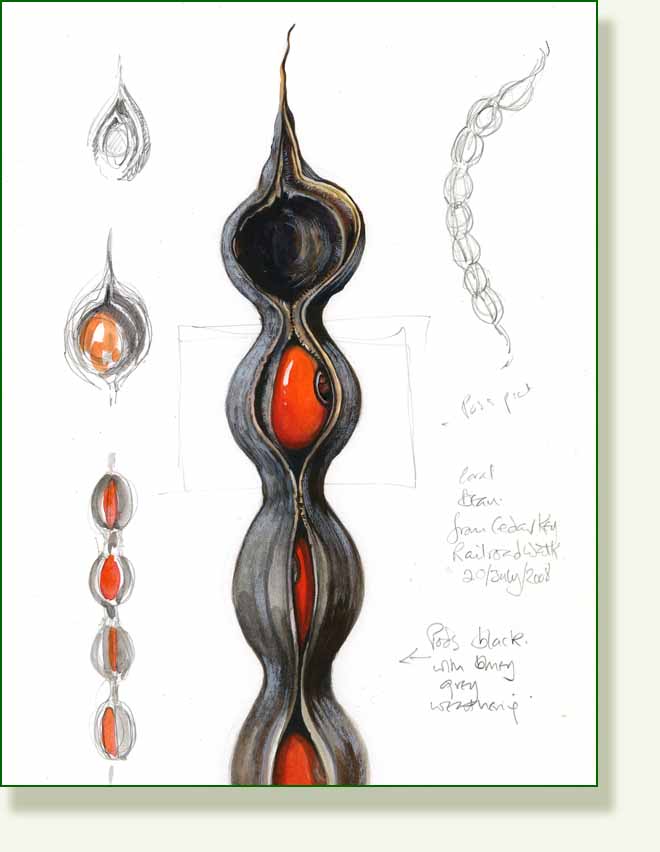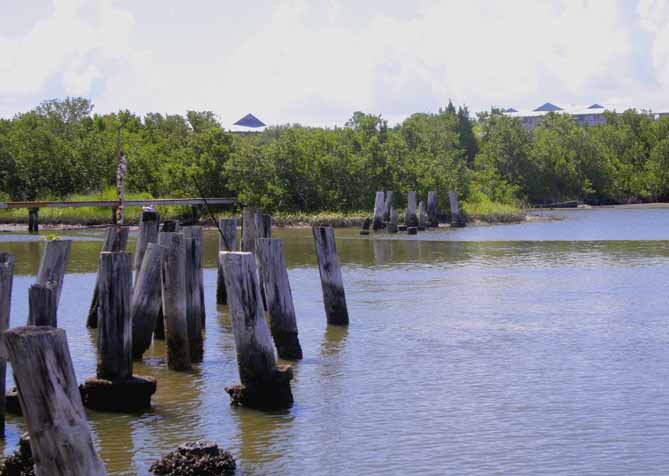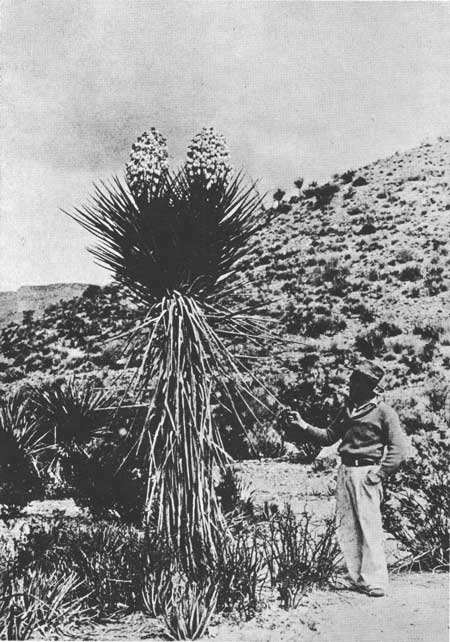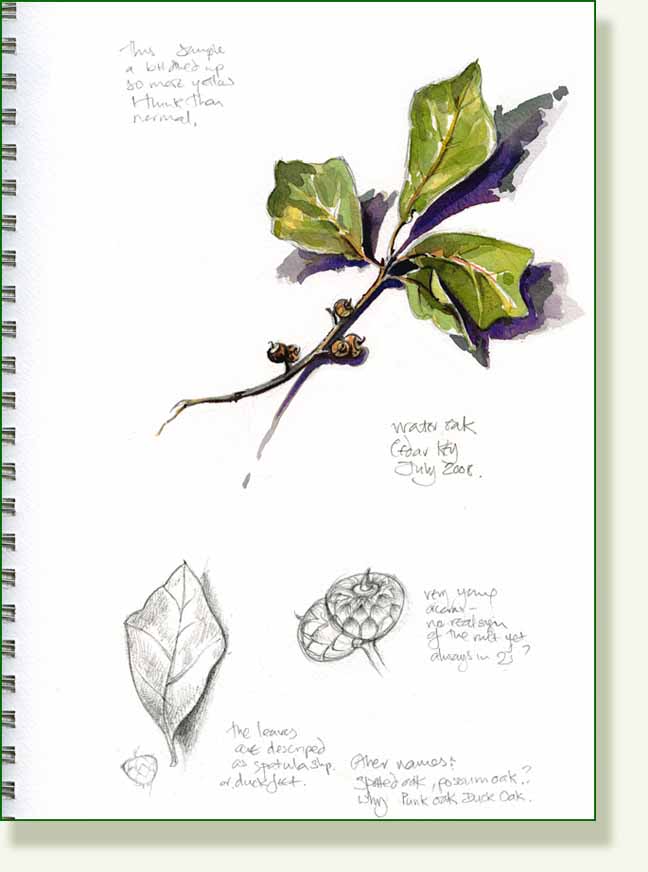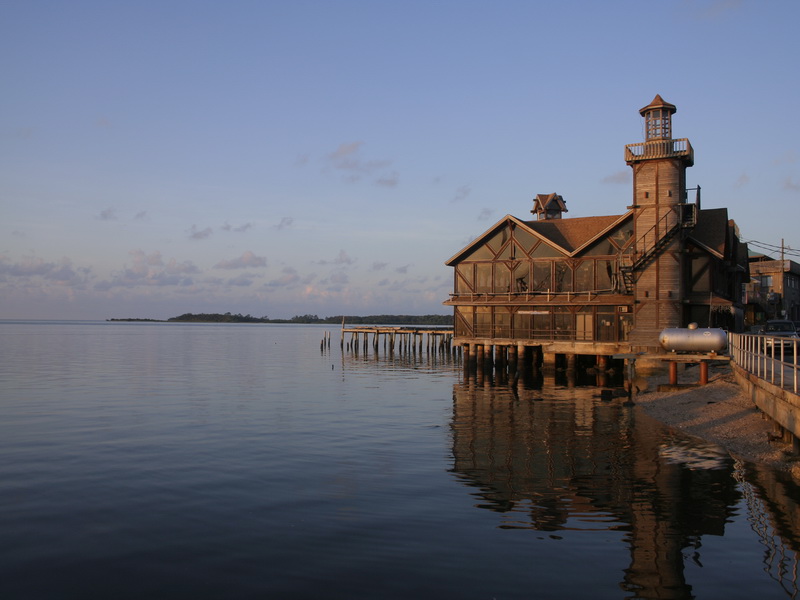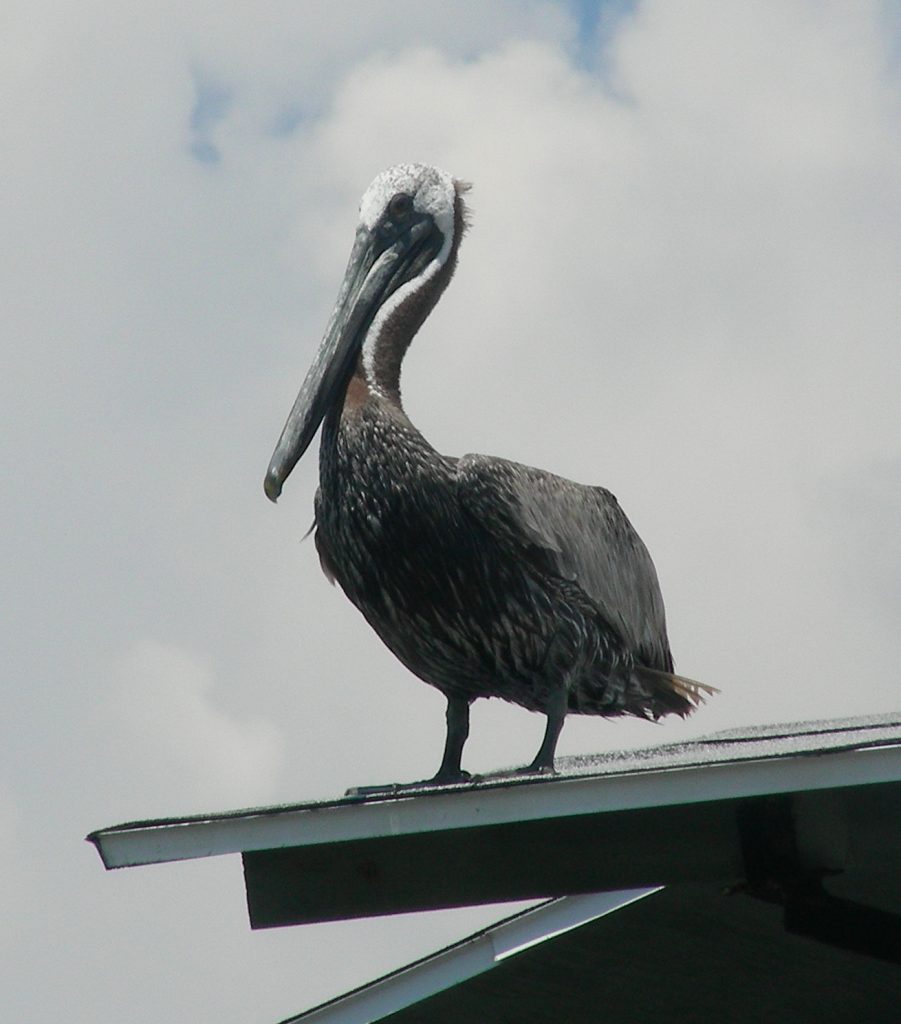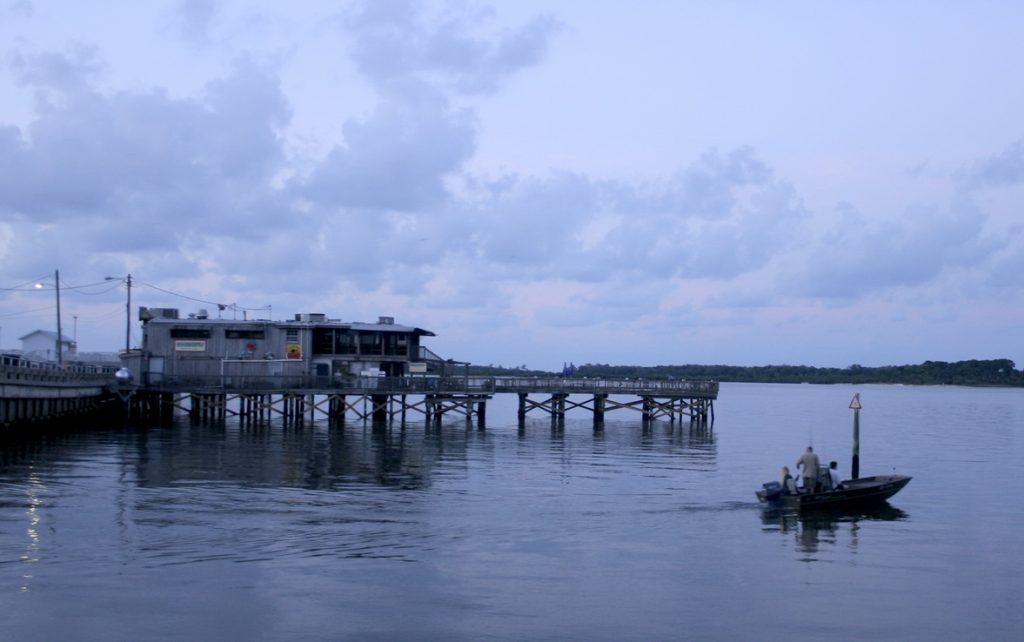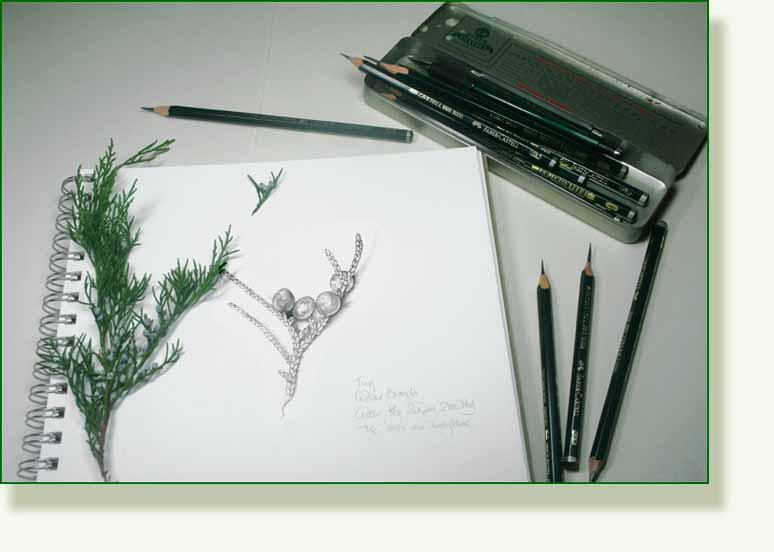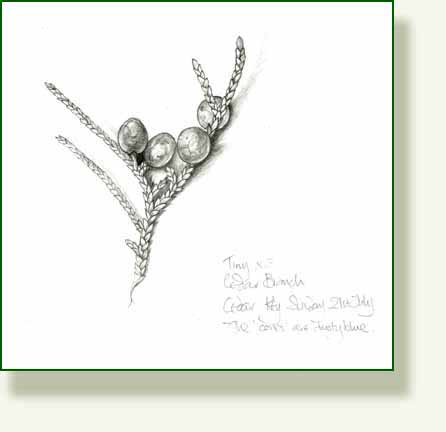Just the last couple of things from my weekend away, and it wouldn’t be long before I got round to some more pods would it? Again, from near the railroad walk, I found a tatty old Bay Bean pod and a Coral Bean pod with its stunningly red beans inside.
The Bay Bean Canavalia rosea, exuberant, tough, hardy, salt tolerant and very vigorous..it runs, almost literally, along the sand dunes rooting its way along from nodes on the stem and can reach 20 feet in one stretch. The flower is small and a beautiful purple. It’s good for anchoring unstable sandy places and is pretty too, although I am not sure you would want this galloping around a small garden. These beans float and so can be carried by the sea many miles along the coast to spring up in territories new.
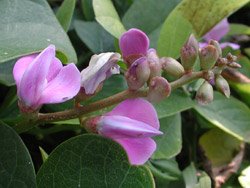
The above image is from the excellent site on sea beans here
The beans are edible when very young, as are the pods and I think the flowers are too but as with other beans the old ones must be cooked well to remove toxins.
It would seem that Captain Cook ate bay beans during his Australian explorations and in 1788 the Australian Governor Phillip and his crew tried them too. The Surgeon General John White wrote that the beans “were well tasted”, but evidently they had old raw beans for they were soon “seized with violent vomiting”.
The Australian Aborigines cooked and ate the beans and used them medicinally but I cannot find any reference to their use by native Americans.
Coral Beans Erythrina herbaceacan also get carried along by the sea too. The seeds are such a brilliant orange red and so attractive. I love the way these grey black pods split open to show the seeds inside. They are often used in jewellery making in Central America, but they are definitely poisonous, so don’t chew that Mexican necklace too often.
I can’t remember seeing a flower myself but here is a picture from Wiki.
I am wondering what sort of seeds the coral trees will have at Leu. If I had a spare 5 minutes I would be making beautiful beaded things. Bead shops are some of my favourite places and seed jewellery deserves a few dedicated posts which is a very good excuse for going to some bead shops.
This is yet another prickly plant and those of you who get the email subscription will see I am posting Friday 18th (back dated) entry today, the Victoria Waterlily, another terrifyingly spiny plant.
____________________________________________

